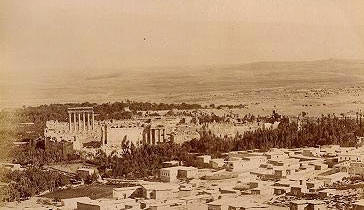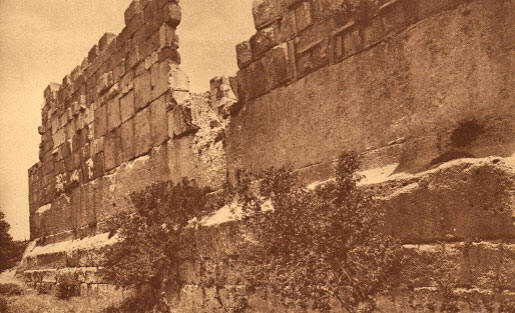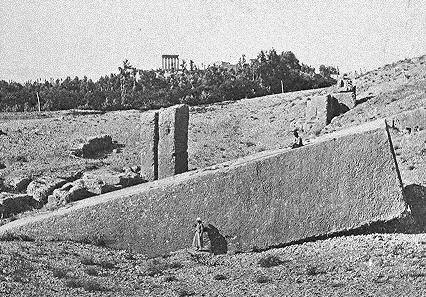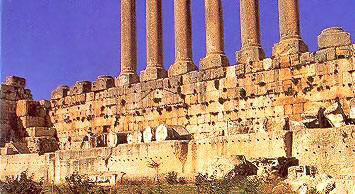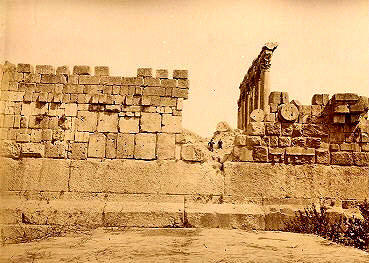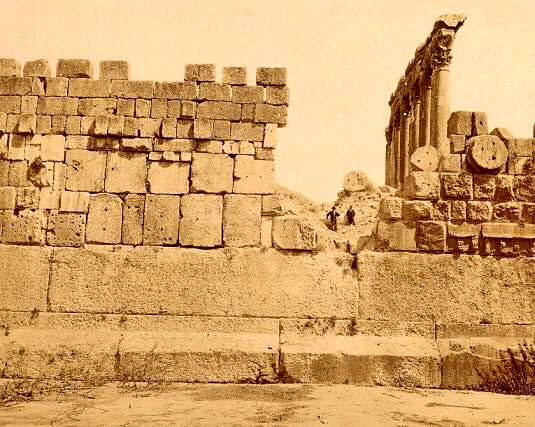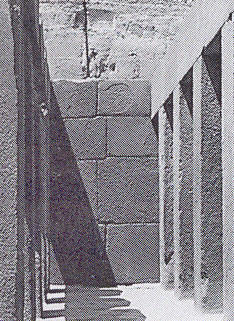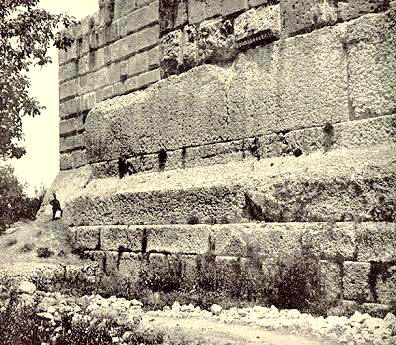Por supuesto, en riguroso inglés. Pero merece la pena.
Enlace en el canal de David Wilcock:
http://www.youtube.com/watch?v=WvNEVvHgOOY
Enlace en el canal de Graham Hancock:
http://www.youtube.com/watch?v=4WiasAfSiu4
Texto adjunto:
Se usaron bloques de 100 y hasta 200 T. traídos de una cantera a 30 km. Están alineadas perfectamente con los puntos cardinales y el Cinturón de Orión. Los egipcios de esa época ni siquiera conocían el Hierro.
Tú no puedes solucionar unos problemas con el mismo nivel de CONSCIENCIA que los creó. -Albert Einstein
El hombre más peligroso para cualquier gobierno es el capaz de reflexionar... Casi inevitablemente, llegará a la conclusión de que el gobierno bajo el que vive es deshonesto, loco e intolerable. -H. L. Mencken
Nuestro mundo está organizado de tal modo que una pequeña élite controla al resto a través de una jerarquía de jefes sobre otros jefes hasta llegar a los obreros en la base. El nivel de conocimiento separa a unos niveles de otros. -David Icke
El objetivo de las élites es crear un gobierno mundial dictatorial, fascista, donde el Estado Policial es omnipresente y las libertades individuales no existen. -David Icke
Condenar algo sin investigarlo previamente es la cota más alta de la ignorancia. -Albert Einstein
La Opinión Pública lo es todo. Si está a tu favor, nada podrá salir mal. Si está en tu contra, nada podrá tener éxito. El que moldea la Opinión Pública tiene un mayor poder que el que hace las leyes. -Abraham Lincoln
Tú debes convertirte en el cambio que quieres ver en el mundo. -Mahatma Gandhi
Debe hacerse tan popular y tan simple que hasta el más estúpido la pueda entender. A la gente se la puede convencer de que el Paraíso es el Infierno, o a la inversa, de que la vida más horrible es el Paraíso. -Adolf Hitler, "Mein Kampf"
La mayoría de la gente es OTRA gente. Sus pensamientos son la opinión de otros, sus vidas una imitación, sus pasiones una cita de un libro. -Oscar Wilde
En religión y política, la gente casi siempre las adquiere, sin examinarlas, de autoridades que tampoco las han examinado y que, a su vez, las han adquirido de unos terceros cuyas opiniones no valen UNA PUTA MIERDA. -Mark Twain
Es fácil que una pequeña élite controle a una amplia mayoria a través de estructuras jerárquicas donde cada uno se está en su sitio sin moverse y sin interesarse nunca por nada. -David Icke
La cobardía pregunta si es seguro, la conveniencia si es cortés, y la vanidad si es popular. Pero la Consciencia pregunta si es JUSTO. Y siempre llega un tiempo donde uno debe tomar una postura que no es nada excepto JUSTA. -M. L. King
¿El atentado del 11-S fue ejecutado por el Gobierno en la Sombra de EEUU a través de infiltrados y aliados al más alto nivel en el ejército, los servicios secretos y los medios de comunicación?
¿El Dinero es el único Dios de este mundo porque lo controla TODO? ¿Los banqueros son los nuevos sacerdotes? ¿Los símbolos sagrados y ocultistas en los billetes atraen energías adecuadas a los fines de este clero?
Hay hechos documentados de sobra que demuestran que ciertos policías, miembros del servicio secreto, periodistas y jueces trabajaron para "dar un golpe de estado mediático" mintiendo, destruyendo pruebas o creando pruebas falsas.
¿Otras especies y civilizaciones nos visitan con frecuencia? ¿Algunos son benéficos, otros son malvados, y la mayoría parece neutral o indiferente? ¿Los gobiernos cierran beneficiosos tratos mientras lo niegan todo?
Con fama de endogámicos, herméticos, arrogantes, de "sangre azul", ¿nuestros líderes y reyes pertenecen a una raza distinta, con amplios y ancestrales conocimientos sobre la Realidad y lo Oculto?
¿Gente tan increíblemente estúpida e incompetente trabaja para "Amos Ocultos" que mueven sus hilos y a los que deben pagar los favores recibidos? ¿El "juego político" es una farsa para anestesiarnos?
Es un hecho científico demostrable que ESTO no lo pudieron hacer tipos con lianas, troncos y herramientas de bronce. Tampoco podemos reproducirlo con nuestra tecnología actual.

It's a really wonderful structure which really looks like it could have been a large urban centre |
Paulina Zelitsky |
